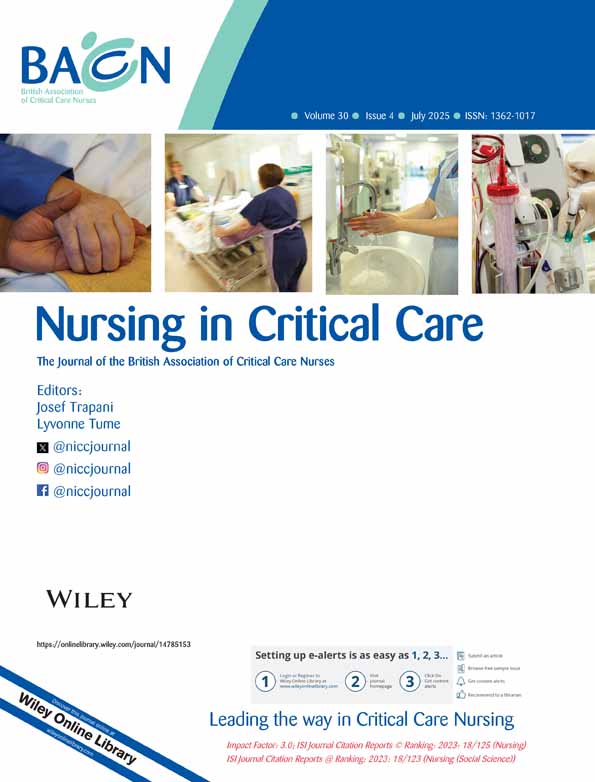Development of a machine learning predictive model for central venous catheter-associated thrombosis in patients undergoing abdominal surgery
Zirong Li, Cheng Zhang, and Xiao Gan contributed equally to this article.
Abstract
Background
Central venous catheters (CVCs) are placed where the vena cava meets the right atrium. Their common use raises the risk of catheter-related thrombosis (CRT), a potentially life-threatening complication.
Aim
This study leverages machine learning to develop a CRT predictive model for abdominal surgery patients, aiming to refine clinical decisions and elevate treatment quality.
Study Design
The data were split into training and validation sets using the caret package in R. Decision Trees (DT), Extra Trees (ET), Ada Boost, Gradient Boosting (GB), Light Gradient Boosting Machine (LGBM), K Neighbours Classifier (KNN) and Random Forest (RF) algorithms were used for model construction. Receiver operating characteristic (ROC) curve, area under curve (AUC), accuracy, recall, precision, F1 score, sensitivity and specificity were used to evaluate the performance of the model. Decision curve analysis (DCA) was used to evaluate the clinical utility of each model.
Results
Among the 400 subjects, 184 had thrombosis, with an incidence of 46%. Basic characteristics analysis and univariate analysis showed that there were significant differences in the history of radiotherapy or chemotherapy, age, mobility score, retention time, D-dimer, fibrinogen and urea (p < .05). Among the models constructed by the seven algorithms, the performance of DT model was relatively balanced. The AUC of the validation set was 0.782, the sensitivity was 0.618, and the specificity was 0.781.
Conclusion
The predictive model for CRT developed using machine learning algorithms demonstrates good discrimination and clinical applicability among abdominal surgery patients, offering valuable guidance for CRT prevention strategies.
Relevance to Clinical Practice
By integrating risk prediction models into the Hospital Information System (HIS), nurses can assess catheter status in a timely and accurate manner, understand the risks of thrombosis for patients, and implement targeted preventive measures. This approach can enhance the efficiency and accuracy of nursing care, holding clinical significance in critical care practice.
CONFLICT OF INTEREST STATEMENT
All authors declare to have no conflicts of interest.
Open Research
DATA AVAILABILITY STATEMENT
The data that support the findings of this study are available on request from the corresponding author. The data are not publicly available due to privacy or ethical restrictions.




